|
Hobart Subdivision - The Prototype |
|---|
|
Hobart Subdivision - The Prototype |
|---|
|
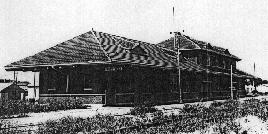 |
|
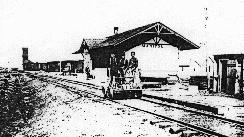 |
|
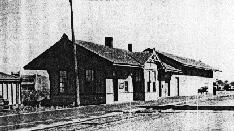 |
|
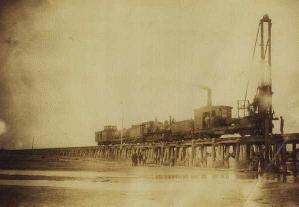
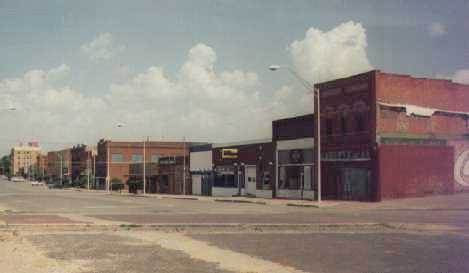
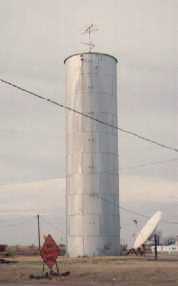
Cotton, cotton seed, cotton oil, wheat, sorghum, corn, petroleum crude, refined petroleum products, building materials, bulk storage of grains. Pictures of the Williams and Fry cotton gin and the Frederick Cotton Oil Mill appear on the right. |
|
Manitou's Elevator was destroyed in 1994. |
|
| The Snyder gin was constructed of concrete...it stood while others fell to either fire or tornadoes. |
|
| Snyder's oldest grain elevator is typical of the region and period. Most started with wood siding and ended with corrugated iron skin. |
|
| The Snyder water tower on the highest mountain around. |
|
Copyright © 1995 - 2005. All rights reserved. Revised: July 31, 2005